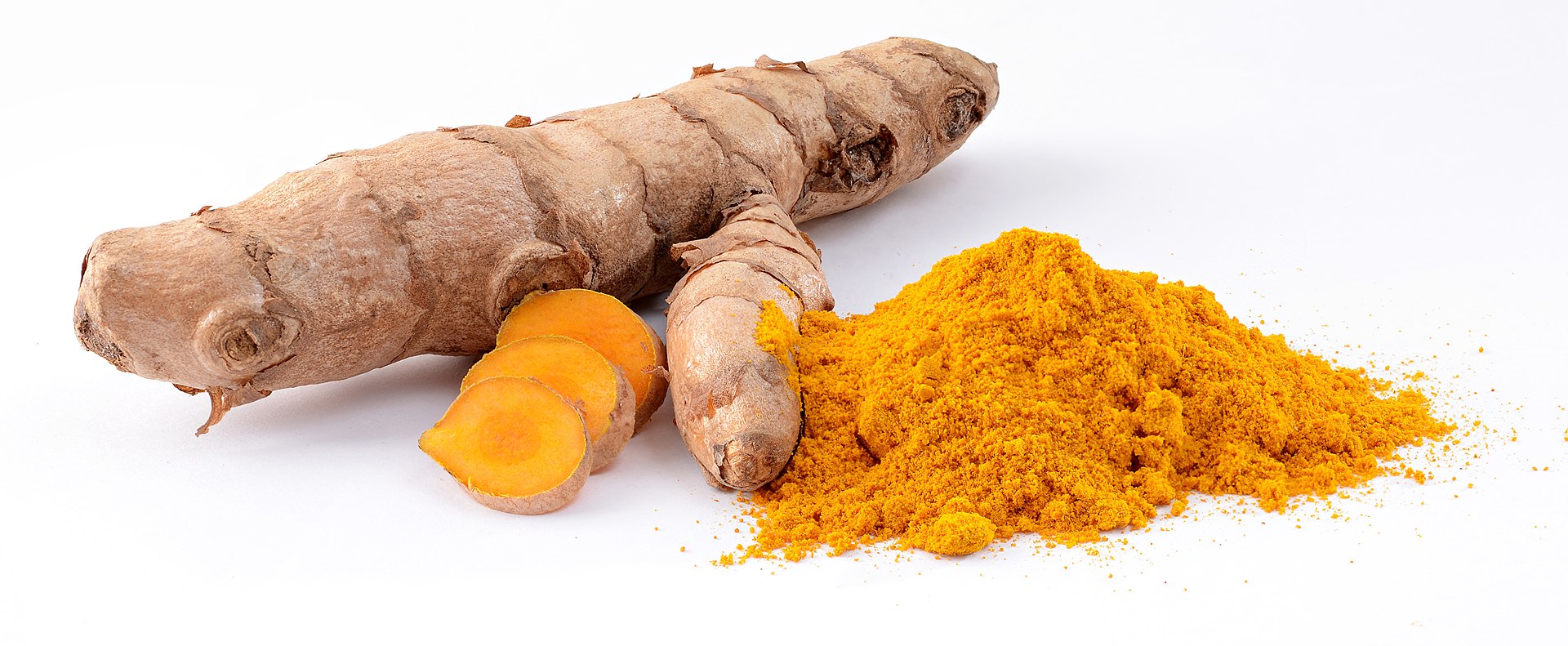Turmeric is a plant native to southeast Asia, harvested for its rhizomes and used to flavour and colour Indian dishes. It was used for thousands of years as a remedy for stomach and liver ailments, and for its antimicrobial properties when applied on skin to heal sores. The two major bioactive compounds of turmeric are known as curcumin and aromatic turmerone (ar-turmerone). Curcumin is believed to have anti-inflammatory, antimicrobial, anti-tumor, and antioxidant activities, and has been used in folk medicine to treat cancer, Alzheimer's disease, diabetes, arthritis, allergies, and other chronic illnesses. However, not much is known about the properties of ar-tumerone.
Some studies have linked ar-turmerone with antitumor properties, via the induction of apoptosis and through the inhibition of tumor cell invasion. Others still have looked at the anti-inflammatory properties of ar-tumerone in neural cells, suggesting it may be a useful in treating neurological diseases. A recent open access study by a research group from the Institute of Neuroscience and Medicine at the Research Centre Juelich (Germany) looked at ar-turmerone in this role using neural stem cells.
 |
| Number of cells and ratio of proliferating cells in neural stem cells treated with various concentrations of ar-turmerone |
The researchers also tested the impact of ar-turmerone on live brain cells by injecting the compound directly into brains of rats and using PET scanning to monitor neural stem cell activity. The subventricular zone of the brains of ar-turmerone-treated rats was significantly larger (about 45% larger) than those of placebo-treated rats. The subventricular zone of the brain is a site of neurogenesis - where neural stem cells are kept. These results show that in vivo, treatment with ar-turmerone also increases the proliferation of neural stem cells.
 |
| PET scans showing the subventricular zone of (A) ar-turmerone treated rats and (B) saline (placebo)-treated rats. |
It is not yet clear exactly how ar-turmerone works, but it has been proposed to inhibit Amyloid β, which induces the production of neuroinflammatory molecules and is thought to be involved in the development of neurological diseases, as well as the inflammatory response of microglial cells. Neuroinflammation has been linked to neurodegenerative diseases like Alzheimer's disease, Parkinson's, and multiple sclerosis. These results suggest that ar-turmerone may be a great new candidate for treating these neurodegenerative diseases by improving the rate of regeneration of brain cells.

No comments:
Post a Comment